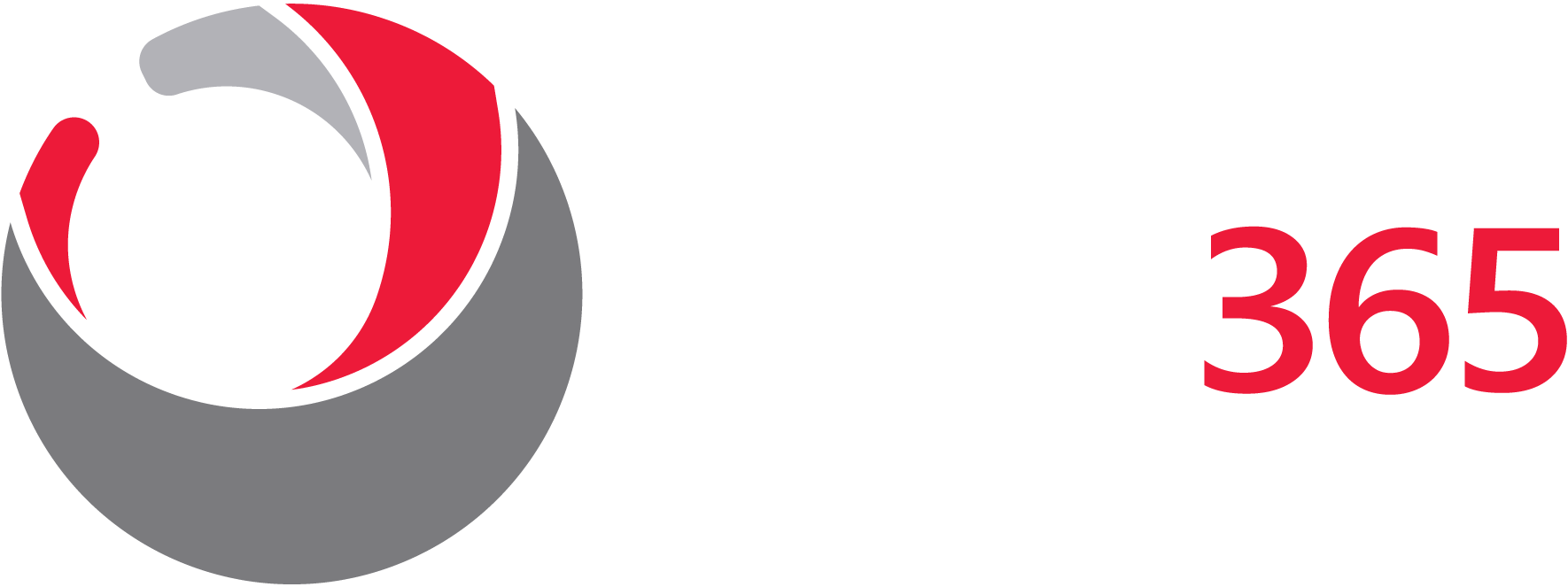In 2021 39% of UK businesses identified a cyber attack.
With digitisation growing among businesses, cybersecurity has never been more important. As the risk of cyber attacks grows, the need for protection increases in kind. There are various ways a business can increase its cybersecurity, with one of the most useful being SIEM.
So what is SIEM, and what do you need from it? Keep reading to find out.
What Is SIEM?
SIEM (security information and event management) is an enterprise-based software solution. The overall purpose of SIEM is to improve security through a structured process that aggregates and analyses the activity across your entire system.
The SIEM process consists of 4 steps to do this effectively:
- Data collection from different resources such as servers, domain controllers, network devices, and more
- Normalisation and aggregation of all collected data
- Analysis of this data to detect any potential threats
- Locating and assessing security breaches, enabling your organisation to deal with any issues found
You can implement a single SIEM system across your entire IT infrastructure, so all devices on your network can be monitored in one place.
How Does SIEM Work?
The two main capabilities of SIEM are:
- Forensics and report production of any security threats/incidents
- Creating alerts for security issues based on rule sets and analytics
Both of these are sent to an incident report team who can act upon any issues.
The idea is that SIEM will search your entire system, aggregating data to determine any security issues. This can often be huge amounts of data, so a SIEM system will consolidate it and make it accessible to your incident report team. It does this by presenting it in a categorised format that you can look through in as much detail as you need.
The Importance of Detection and Response
One of the most important elements of SIEM is detection and response. Any security strategy should involve a method of pinpointing threats and determining their severity.
Cybersecurity threats vary quite significantly, and one of the most important aspects (which is rarely discussed) is dwell time. This is the amount of time a hacker spends in a system before anything is done to remove them. A longer dwell time means more time for the hacker to cause damage, so minimising this is crucial.
In an ideal world, dwell times would be kept very small, but on average they can last for several months. Preventative cybersecurity measures can stop hackers from getting in initially, but they’re rarely able to prevent 100% of all attacks. If a hacker has the time, resources, and skills, they will likely find a way in.
Think of a security system as a pane of glass – it’s not easy to break, but once it does, it shatters. SIEM will turn your glass into rubber, in that it’s much harder to break through, and will bounce back much more easily from an attack. A SIEM system will make your network more resilient to security threats by detecting them early on and helping you deal with them effectively.
It’s worth noting that no security measures will ever offer 100% protection, so having important data backed up is always a good idea.
With a SIEM system from Koris365 and our partner CSA, you can monitor your business 24/7. This way you can be sure that threats are detected and analysed in good time, and then you can deal with them immediately. Having a clear view of your network will help mitigate the risk of cybersecurity attacks, maintaining confidence for your business and your clients.
Can the System Be Used Properly?
When it comes to effective data protection, having a strong cybersecurity system in place is only part of the battle. On its own, SIEM can never work at its optimum capacity. Whatever system you have set up, you need to have the right skills and knowledge that go with it to use it effectively.
To maintain an effective security management system, your SIEM platform needs to have constant visibility. Make sure your employees are fully trained so that they can read the data presented from your SIEM system, and act upon it accordingly. Alternatively consider partnering with an expert, working with an organisation with a SOC manned by cyber security analysts can often be the most cost effective and reliable solution.
Our SIEM solution has pre-built dashboards to present all information in an easy-to-read manner. Through various technologies, it will proactively detect potential issues including complex external attacks, as well as internal threats. Our system can even use meta-data to research lesser-known threats, helping to keep you safe from attacks that other SIEM systems may not be able to detect.
With this, you can easily assess issues without needing to look through vast data logs. Being able to find actionable intelligence with ease will help your business save both time and money.
Identifying a Good SIEM Tool
SIEM tools are generally quite complex, and there are a lot of aspects to them. When looking for one for your business, there are several areas you can look at to determine if a system is suitable.

Flexible Data Ingestions
There’s no single standard for data logging, which means a SIEM system needs to be able to capture logs from different sources and normalise them effectively. Thinking in the long-term, you also want to be able to add new sources in the future and have your SIEM still be able to log them.
It’s also ideal for a system to be scalable so that it can continue to work properly as your business grows. Our SIEM system can assess all kinds of sources and will aggregate all data into one dashboard, making it easy to manage. We can set up a system of any size and can scale it up or down in the future as and when you need to.

Intuitive Analytics Components
Having real-time data presented in an easy-to-read format can make managing your system much easier. A user-friendly system will enable you to quickly view and assess different data so that you can act upon threats immediately. It will also take less time to train staff on using your SIEM system.
We’ve made sure our system uses such a dashboard to help with investigating and decision-making. An administrator will be able to see all threats clearly, and can therefore act on them based on the level of risk found throughout your network.

Adaptability
No two businesses are the same, and as such, cybersecurity needs can vary greatly. From the start, we can tailor our SIEM to meet the needs of your organisation in terms of both scale and capabilities. We also offer either on-premises or SaaS deployment, depending on what you’d prefer.

AI or ML-Based Analytics
Both AI (artificial intelligence) and ML (machine learning) can serve to improve the quality of SIEM. They can provide automated workflow execution, attack detection, proactive investigation, and more. With these, a SIEM can learn from the network it’s operating on to develop functions such as threat hunting, forecasting, and trend analysis.
Some also have UEBA (user and entity behaviour analytics) that can observe standard behavioural patterns to spot anomalies. Our solution can detect unusual behaviour at the baseline, stopping both internal and external threats as soon as they occur.

Deployment and Training Time
As discussed above, you must have fully trained staff to operate your security system properly. It can take a lot of work to deploy a SIEM solution across an entire business and requires various departments to work together. We can handle the whole deployment of our solution, ensuring it functions properly across all devices and systems.
Well also offer full training to ensure you can make full use of our system and keep your organisation fully protected. As we offer bespoke service setup, you can select aspects based on what your business needs, to ensure efficient roll-out and operation. If you decide to make any changes further down the line, we can implement these as needed.
How to Get the Most Out of Your SIEM
With a well-built SIEM system, you can maximise cybersecurity throughout your organisation. There are certain practices you want to follow to get the most out of your system.
Focus On Input Rather Than Output
Many people focus on input data, i.e. the various sources and the content you can create from them. Instead, you should be looking at the output of information before it’s logged in the SIEM environment. By knowing what reports or alerts you want, you can better integrate suitable data, giving you a much more manageable system to work with.
Don’t Underestimate Referential Data
While real-time data is useful, you still want to pay attention to data that updates periodically (referential data). This includes things like black lists, asset lists, and threat intelligence data. All of these can help you priorities events, saving time on investigations.
Conduct a Value Assessment
After using our SIEM for a while you should do a value assessment of the data it’s been collecting. Some data may be unnecessary, and will just take up disk space. You can then make adjustments to ensure no computer power is wasted collecting data you don’t need.
The Right SIEM System for Your Business
We work in partnership with 400 organisations worldwide, building an advanced understanding of potential threats quickly and efficiently and making sure our SIEM solution is constantly kept up to date. Our SIEM service can be tailored and scaled to meet the needs of your business.
To find out more about how we can help your business, click here to contact us today.


